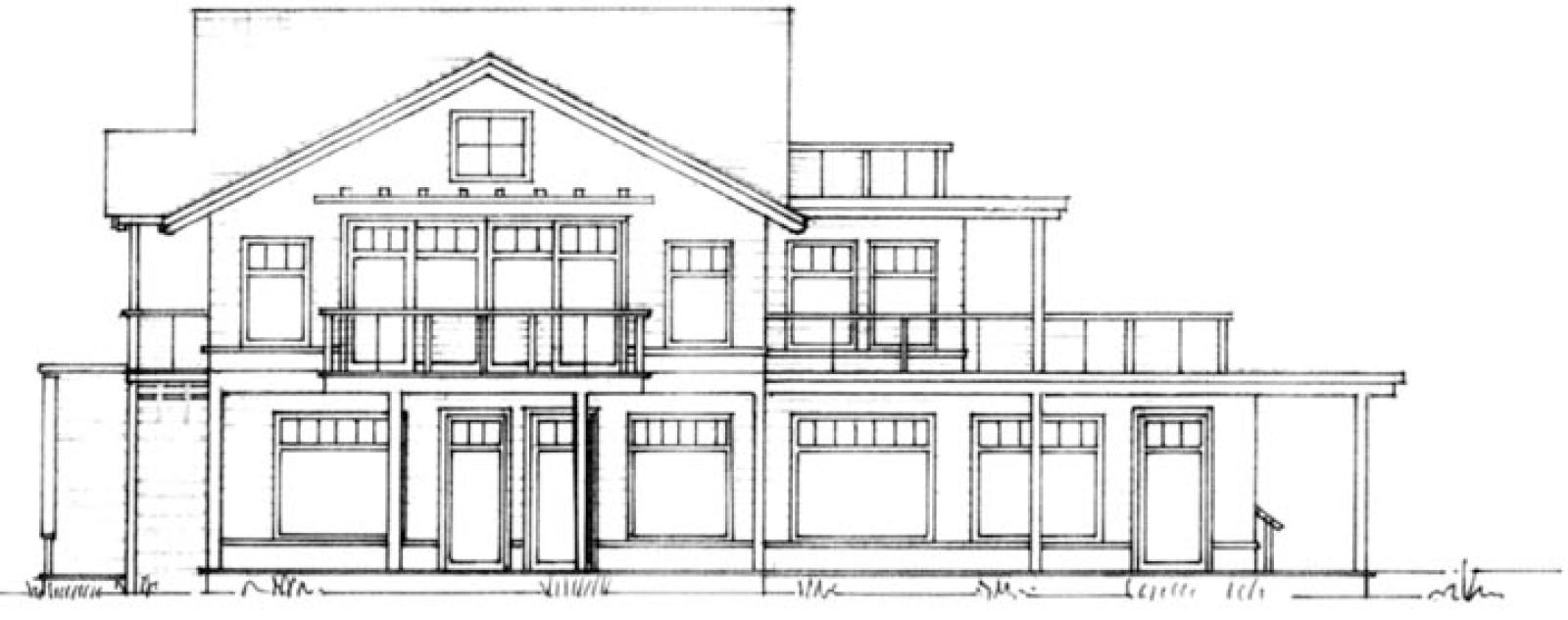The Martha’s Vineyard Commission voted unanimously last week to approve a new two-story building at the Tisbury Marketplace on Beach Road in Vineyard Haven. The vote is a victory for developer Sam Dunn, who originally created the marketplace in 1984 and plans to build the new mixed-use retail and apartment building.
The vote concludes a process that began over a year ago when Mr. Dunn’s proposal was referred to the commission as a development of regional impact last fall.
The plan now goes to the town of Tisbury for review at the local level.
Appearing before the commission last Thursday Mr. Dunn made his final offers, including a $3,700 donation to Habitat for Humanity and a relinquishment of further development rights to two parcels he holds that include the area of Saltwater Restaurant and the proposed site.
Increased traffic along Beach Road and limited parking at the marketplace were central issues, and commissioners have asked Mr. Dunn to reverse the flow of traffic in the marketplace parking lot, hoping to ameliorate mid-summer traffic jams in the area around Net Result and promote the use of parking spots on the opposite side of the lot. In addition, Mr. Dunn has been asked by the commission to create a pedestrian walkway through the center island of the parking lot.
The prospect of reduced scenic views across the Lagoon was another sticking point, and Mr. Dunn subsequently scaled down his original plan from 7,050 to 5,700 square feet. And he added decks and porches to increase public access to views.
The redesign was enough to satisfy Tisbury commission member Holly Stephenson.
“The problem all along here has been public access to waterfront for people from Tisbury; we have almost none,” she said. “Because this is one of the last remaining open spaces looking out at the water, I want to say that this new offer is very generous and a good one. It resolves the issue . . . if the porches and decks are accessible and people can use and walk on them.”
Building within 100 feet of the ecologically sensitive Lagoon Pond made some commission members wary of supporting the project, and Mr. Dunn made a number of offers to attenuate the effects of polluting runoff, including the incorporation of a bio-retentive roof and switching from a concrete slab foundation to concrete pilings and crushed stone. Commission member John Breckenridge lauded the change.
“I want to compliment you on this project,” he said. “You’ve listened; you’ve made a lot of changes. It’s in an environmentally sensitive area and we were able to come up with a project that will be responsive to that.”
Mr. Breckenridge said the move to concrete pilings would allow the foundation of the building to absorb more water and prevent excess runoff into the ecologically sensitive Lagoon Pond.
When the commission finally voted to approve the plan, Mr. Dunn could not restrain himself.
“Hallelujah,” he said.







Comments
Comment policy »